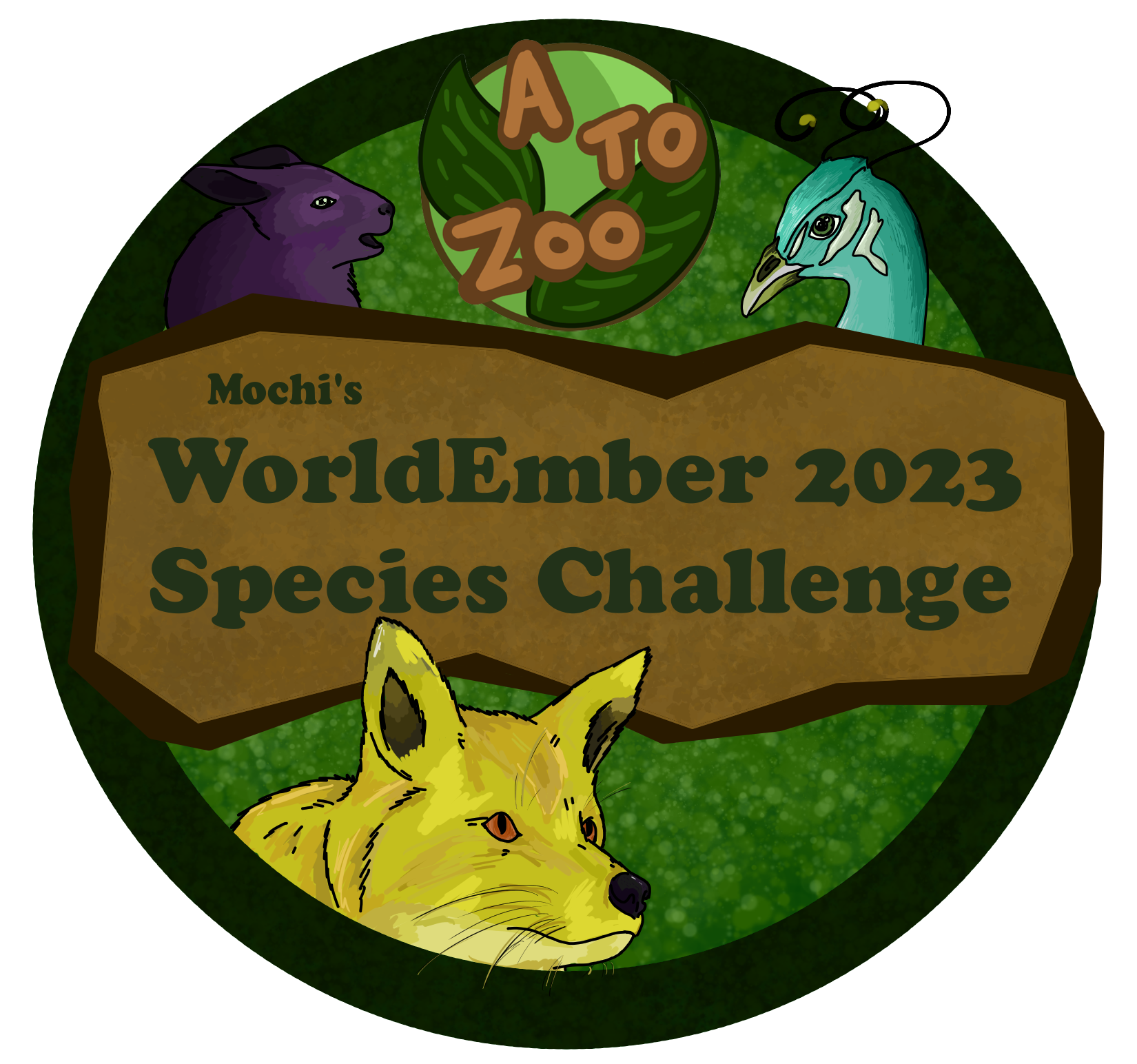Eron Otter
Basic Information
Anatomy
The Eron Otter is a freshwater otter species. They are relatively slim and muscular with a tail that can be as long or longer than the rest of their body. They have four legs which end in hand-like paws, with females growing longer claws and males having nearly no claws. Females are slightly larger than males, up to 25%.
Genetics and Reproduction
While otters do not always mate for life, they will almost always commit to one partner for the time it takes to raise a brood of pups to adulthood. The otters have a gestation period of about 60 days, and will produce litters of 1-6 pups.
Growth Rate & Stages
Pups are born with a full coat of fur but blind. Once the pups are born, the mother will nurse the pups exlusively while the father provides for the whole family for about 15 days. After that, father will take over as primary caregiver - including milk production - while mom hunts and protects the den. Pups will open their eyes at about 45 days, and will not leave the den and begin learning to swim until after 60 days. Once pups are mobile and swimming, the entire pack of otters will aid in their care and raising. Pups stay with or near their parents for two years, though an adult pair in a healthy den might choose to have another set of pups before the first has left.
Ecology and Habitats
The Eron Otter thrives in the temperate climate of Eron Lake. They are not found anywhere else in the world in the wild.
Dietary Needs and Habits
The otters are omnivores. They're mostly carnivorous by choice, eating fish, mollusks, amphibians, reptiles, insects, and even unfortunate birds and small mammals. They will also snack on plants, especially berries and fungi. The females do most of the organized and bigger-prey hunting, while males are more likely to forage and hunt small critters.
Behaviour
Eron otters love to play with other otters, with people, and with any other marine life they come across. They are mischievious and playful almost all of the time. Female otters can be aggressive if they believe their pack is threatened, otherwise, they are fairly harmless.
Additional Information
Social Structure
The otters live in packs which can range from two adults upwards to 8-10 adults, any any of their offspring under the age of 2 years. Once offspring are mature they will generally leave to find or form their own packs. Most start in sibling-packs which will join with other young packs, after which smaller groups will split off as they mate and den. Some individuals seem to never choose a mate and breed, while others will pair off and breed again and again with one or more partners.
Domestication
Eron otters make reasonably interesting, if mischevious, pets. Wild-caught otters can be tamed if they are caught and domesticated young, but breeders also exist who breed them specifically as pets.
Uses, Products & Exploitation
Eron otters have in the past been hunted for their pelts, but the Emphir now taxes sale of otter pelt as such a high rate that it encourages responsible trapping and hunting only, to prevent over-trapping, and real pelt as gone somewhat out of fashion in favor of dyed or magic'd pelts from other creatures.
Average Intelligence
Eron Otters are very intelligent. They have been shown to find and use simple tools to achieve tasks, remember complex tasks, be as trainable as a dog, recognize verbal language, and have good skill at puzzles. They recognize people and faces.
Perception and Sensory Capabilities
The Eron otter has excellent smell and hearing. They have somewhat subpar sight for a predator, identifying each other, food, and their environment primarily by scent and sound instead. They do use a primative form of echolocation underwater using clicks, whistles, and trills.
Quick Look
Lifespan
10-15 Years
Conservation Status
Common
Average Weight
11-33 lbs
Average Length
14-26 inches (plus tail of 15-33 inches)
Body Tint, Colouring and Marking
The otter has a gray-brown fur all over, with individuals ranging from just barely tinted on the brown side of gray to almost black and every shade of gray in between. They are lighter on the throat, belly, and all down the underside. Most individuals have spots or splotches in varying colors of blue and green on the top which serves as a sort of camoflague. They have brown or black eyes.
Geographic Distribution




These are so cute! I love your art :) Thank you for participating in my Unofficial Challenge! Here is the badge's ID: [img:5093419]
Thanks, it was fun! And so is the badge! :)